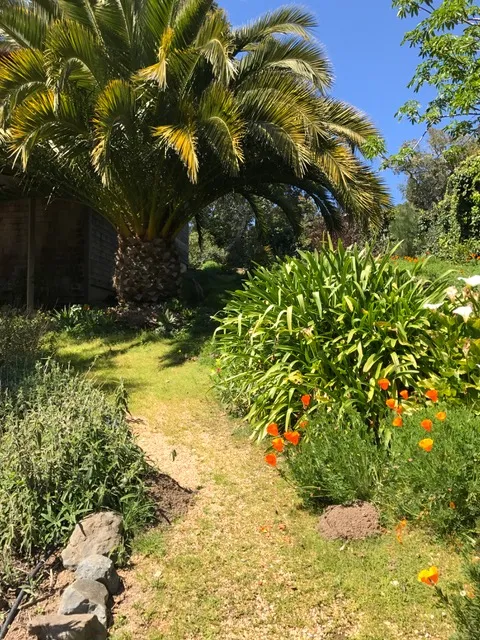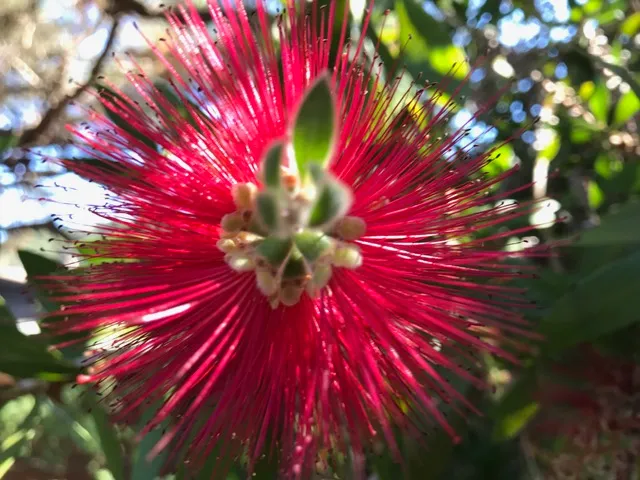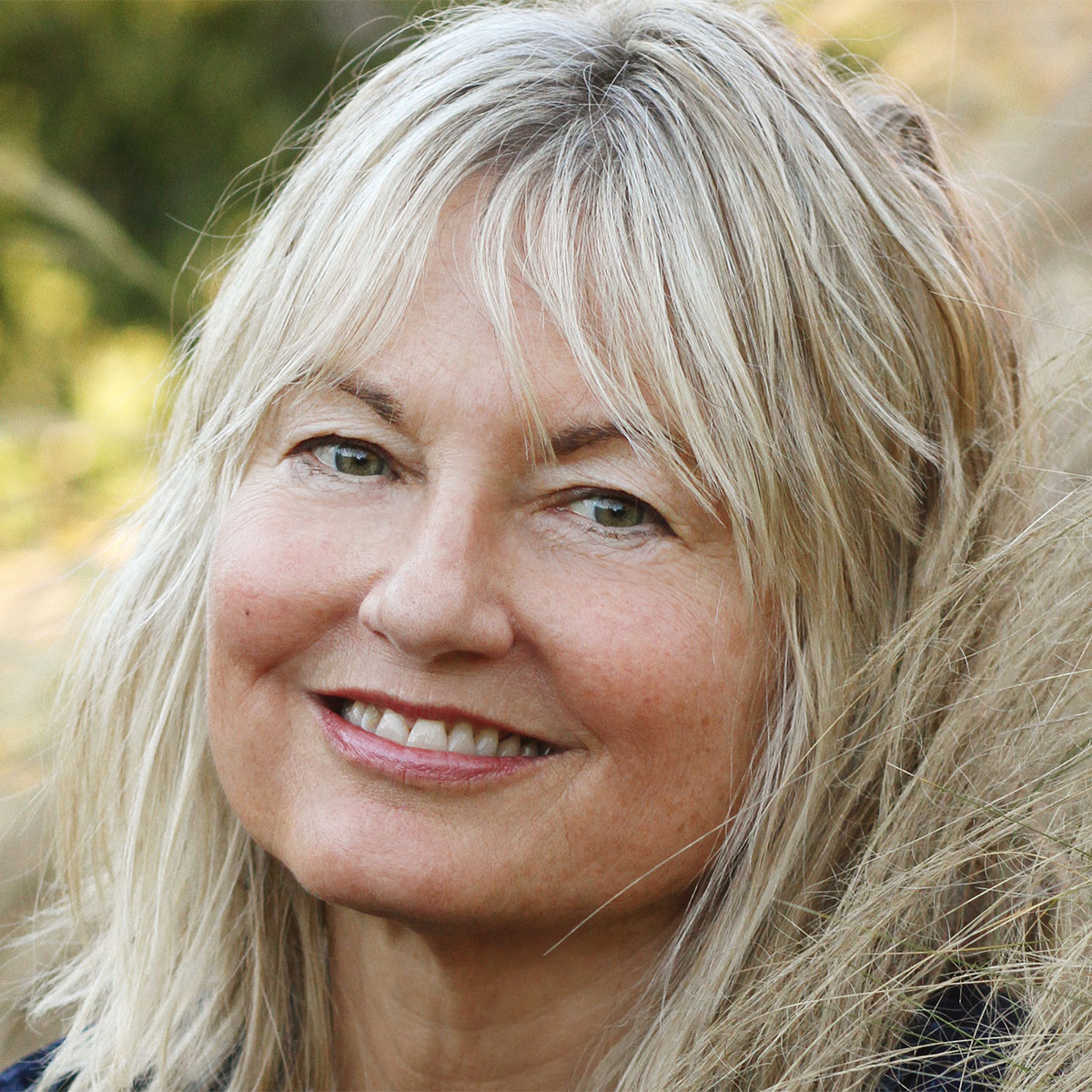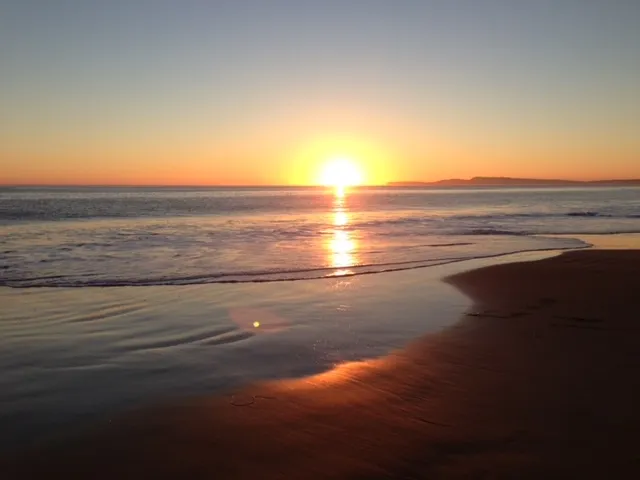THE NATURE OF US
JUN 22, 2023
Peace is every step.
The shining red sun is my heart.
Each flower smiles with me.
How green, how fresh all that grows.
How cool the wind blows
Peace is every step
It turns the endless path to joy.
The Vietnamese Buddhist monk Thich Nhat Hanh wrote these words, despite having many reasons to be angry over the fortunes of his homeland. I found them in the introduction to his book Peace is Every Step. It’s a beautiful book on the many ways we can find peace in everyday life – something so essential to our lives now in the current political climate where we face endless wars and hostility on many fronts. I am writing about this today to remind myself of how important this wisdom is, simply expressed in the next paragraphs.
Peace is present right here and now, in ourselves and everything we do and see. The question is whether or not we are in touch with it. We don’t have to travel far away to enjoy the blue sky. We don’t have to leave our city or neighborhood to enjoy the eyes of a beautiful child. Even the air we breathe can be a source of joy.
We can smile, breathe, walk and eat our meals in a way that allows us to be in touch with the abundance of happiness that is available. We are very good at preparing to live, but not very good at living. We know how to sacrifice ten years for a diploma, and we are very willing to work very hard to get a job, a car, a house, and so on. But we have difficulty remembering we are alive in the present moment, the only moment there is for us to be alive. Every breath we take, every step we make, can be filled with peace, joy, and serenity. We need only to be awake, alive in the present moment.
I love the simplicity of Thich Nhat Hanh’s expression, as well as his emphasis on the present moment connecting us to nature. I am not Buddhist, but I was introduced to his work in graduate school in a course entitled Thich Nhat Hanh and Creativity. My work has always focused on being embodied – relaxed, awake and grounded, present within the body, yet feeling interconnected to the whole – so I felt a kinship with him.
The mystics of the great spiritual traditions have always spoken of the present moment, and of the kingdom of heaven within. The moment-to-moment awareness of our breath, our movements, and the sensation and feelings in our bodies is the doorway to the here and now.
I have found Thich Nhat Hanh’s breathing meditations to be ideal for helping individuals become present. Thich Nhat Hanh’s message is that conscious breathing is one of the most essential teachings of the Buddha. To me, breathing is a joy I cannot miss, he writes in Peace is Every Step. His writings have communicated this joy to me as well.
He sees breathing as the link between body and mind, and a way to bring our mind and body together again, to become whole again. By breathing consciously, as our mind slows down, we enter into the present moment. I have also found that my breath is a way of soothing myself and centering. When we slow down and get in touch with our breath, particularly in the midst of our daily activities, we are deeply nourished, coming into the present moment and feeling our true nature. The following meditations and many more can be found in both Peace is Every Step and The Blooming of a Lotus. I have selected a few of my favorites, with my thoughts on how each one can be useful.
1). Coming into the present moment: Breathing in, I know I am breathing in. Breathing out, I know I am breathing out.
2). Feeling the body: Breathing in, I am aware of my whole body. Breathing out, I smile to my whole body.
3). Feeling the elemental nature of the body:
Breathing in, I see myself as a flower. Breathing out, I feel fresh.
Breathing in, I see myself as a mountain. Breathing out, I feel solid.
Breathing in, I see myself as space. Breathing out, I feel free.
Breathing in, I see myself as still water. Breathing out, I reflect all that is.
The environment I am embedded within at any moment, the individuals I am interrelating with, the weather, the community I live in, and the feelings that are currently arising within me all color my daily life. This truth is described by the word interbeing, a word introduced by Thich Nhat Hanh, which speaks to the interpenetration of everything with everything else. In Peace is Every Step, he writes, To be is to inter-be. We cannot just be by ourselves alone. We have to inter-be with every other thing. Although I am penetrated by everything, as my awareness refines, I see with increasing clarity what influences are life supporting – and what influences I ideally choose not to express. Then I intend to resonate with those archetypal energies that support me.
The path of embodiment leads to deep intimacy with the depths of our being, what mystics have called the beloved, the divine, or God. Seeing deeply into our own being, we see that everything that exists is also arising out of the same ground of being, moment-to-moment. We are interconnected with the stars, sun, air, water and earth — all of life — in the improvisational dance of aliveness that is interbeing. This world is our body, and we cannot help but enter into it with compassion when we become aware of our interconnection. When we look deeply into our own life or that of another, we see that everyone has suffered. Underlying peace is compassion, both for ourselves and all beings. Peace in the world begins with each one of us.

The following exploration is one that may not be of interest to everyone, but I have included for my movement and dancer friends. It is an example of how paying very close attention can lead to a new awareness. As you will see, I wrote it before ever reading the book!
PEACE IS EVERY MOVE
Although I hadn’t read Thich Nhat Hanh’s Peace is Every Step, I became very intrigued with the concept implied by the title. As an improvisational movement and dance person, I have long been fascinated with how the foot contacts the earth, as well as how everyday movement can be an opportunity for awareness. Last Sunday as I was slowly moving by myself on the dance floor, I became aware of the interrelationship of the many bones in the foot.
A few days before, my body worker had helped me become aware of how energy moves down the inner leg from the hara or belly center to the talus, the bone at the peak of the arch which interfaces with the tibia of the leg, the larger supporting bone in the calf and the heart center. Dropping through the talus of the foot, the heart center feels fully supported.
As I focused on my feet while slowly dancing, I found myself in a new alignment, with my weight dropping from the hara onto the talus, allowing me to feel the inner space of the arch of the foot, and the supporting nature of the surrounding bones. I became a spacious Zen temple, my bones as the structure, with the hara as the hearth at the center.
This entirely new relationship among the bones of my body and the energetic centers allowed me to experience a sense of energetic support, as well as great peace. I became aware that my awareness was inside the bones instead of the feeling of standing on the bones of my feet. The bones felt very comforting and soft. I also became aware that once the energy traveled down the arch to the ground, there was a moment of centering before part of my weight shifted to the heel bone, the calcaneous, that had probably never occurred before in my movement. Fascinated, I explored this all evening, noticing how it created a new movement in my hip as well. That evening when I returned home, I referred to my anatomy book to understand what was happening. I was amazed to discover that the talus does initially bear all the weight, then approximately 50% shifts to the heel bone! That moment when the weight moves purely onto the talus at the height of the arch feels like pure presence.
Tuesday evening I continued this exploration in my women’s movement group. We began with a sitting meditation focusing on the hara, and then I showed everyone diagrams of the foot structure, after which we massaged the bones of our feet with our hands. Next we moved into standing meditation, experiencing the relationship between the hara and the inner arch of the foot, which seems to be where the foot center opens to the earth. We connected both these areas to the heart center while standing. Finally, we walked around the room, and everyone reported feeling more presence in their walk, as well as awareness moving into the feet and legs instead of sitting on top of the bones. Greater sense of balance and a relaxation of the thighs and lower back were also reported.
The following day I borrowed Peace is Every Step and after reading parts of it, embarked on a four-mile hike, sinking into the bones of my feet with each step. In comparison to my usual walk, I became aware that, as Thich Nhat Hanh notes in Peace is Every Step, the way I usually walk feels like running, moving ahead of myself and not really landing. I traversed a trail that I often walk and felt myself falling into each footstep, feeling very peaceful and grounded. At times, I would notice myself lost in thought and my feet returning to their old pattern, and then bring myself back to the feeling of presence in each step.
At the end of the hike I was amazed to note that the hike had only taken perhaps 10 additional minutes compared to the usual amount of time. Another interesting benefit was that the places in my body that sometimes hurt when I am pushing myself to walk, my right knee and hip, were able to completely relax when my foot fully met the ground. I noticed how my normal walk would tend to skim over the bones without the feeling of full support, and my knee and hip would have to compensate for the lack of support.
While I have yet to experiment with Thich Nhat Hanh’s actual walking meditation, which includes paying attention to the breath with each step as well, this creative experiment with the feet has been very instructive, illuminating how I am often rushing forward rather than simply arriving where I am.
Works Cited
Nhat Hanh, Thich Peace is Every Step, New York: Bantam Books, 1991.

Thank you for joining me here today!
Living in our bodies, present in the here and now, embracing beauty, love, and grace, immersed in nature, my work focuses on your unique individual needs. I would love to consult/work/go deeper with you in any aspect of what I am writing in these essays. Please visit my website: sabrinapage.com – come explore more through private sessions on zoom or in person.
If you enjoyed this post please share and subscribe. And at least to start I would like to explore the model set forth by Charles Eisenstein, in which everything is accessible and free, the gift economy. And if you can afford a paid subscription, I will be very grateful.
I would love to hear your thoughts and experience, press the comment button.

The Nature of Us – Sabrina Page has an MA in Philosophy, Cosmology, and Consciousness, a background in movement and dance, focused on embodiment. She has been deeply influenced by her connection with nature, shaped by playing in woods and water growing up. Sabrina’s writing explores the earth community, love, body, embodiment, interconnection, our planetary moment, music – and the creativity and possibilities inherent in being human.
